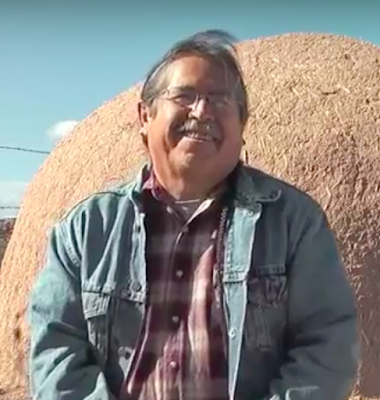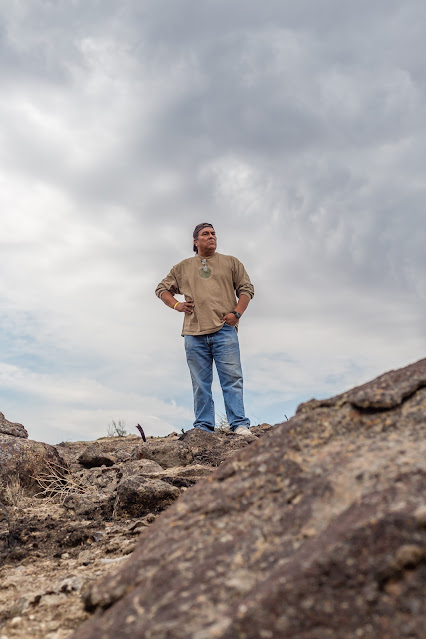Time to Save the Planet!

Winter hasn’t hit hard yet in much of the country. Talk to gardeners in your area and see whether you still have time to plant trees and enable their positive effects on the climate. A version of this article first appeared in 2018, but its topic is even more urgent now. For more on related subjects, see my book, American Apartheid: The Native American Struggle.... D on’t despair about the immense challenges the planet faces. So says Clayton Apikan Brascoupé, a Mohawk farmer, shown left, who has lived and worked for many years at Tesuque Pueblo, in New Mexico. What to do? “Start by planting trees,” he says. “They are a positive answer to climate change and much more. Trees build up soils organically and increase their water-holding capacity. They sequester excess climate-altering carbon dioxide. They attract beneficial insects that help other crops and produce food, medicine, building material and other useful items. Planting them can transform a community.” Brascoupé directs the Trad
